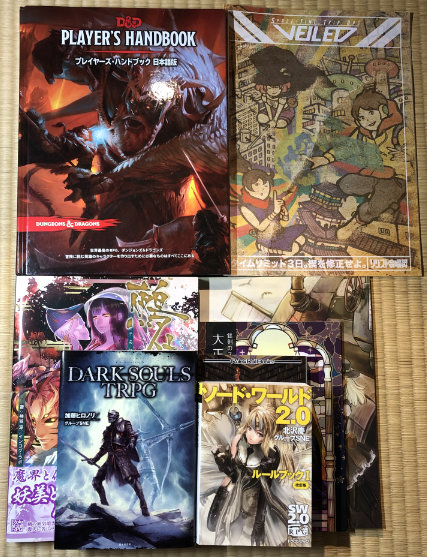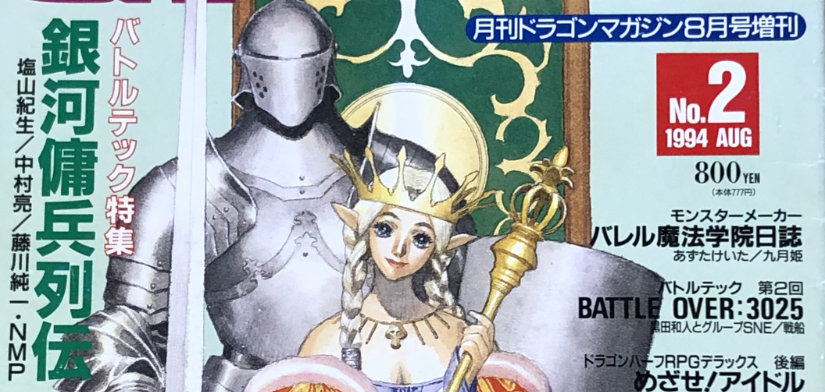Over the holidays I finally had a chance to play Novi Novi TRPG: The Horror. I had high expectations for it being an accessible TRPG to play with my wife, but it didn’t quite work as well as I had hoped. It’s a good game, it just wasn’t a good fit for us.

For background, my wife’s experience with TRPGs is playing a game of Magicalogia and seeing me play games of D&D and FFG Star Wars. We’ve watched a number of zombie shows and movies together, so I thought the horror theme would be a better hook than fantasy. To my surprise, she was more engaged with Magicalogia, Continue reading Hands on Novi Novi TRPG: The Horror









 Containing three scenarios ranging between 1924 and 1950, its cover channels the Taisho and early Showa era aesthetic. Kanzashi, which the girl on the right is holding and involves the third scenario, is an
Containing three scenarios ranging between 1924 and 1950, its cover channels the Taisho and early Showa era aesthetic. Kanzashi, which the girl on the right is holding and involves the third scenario, is an 









